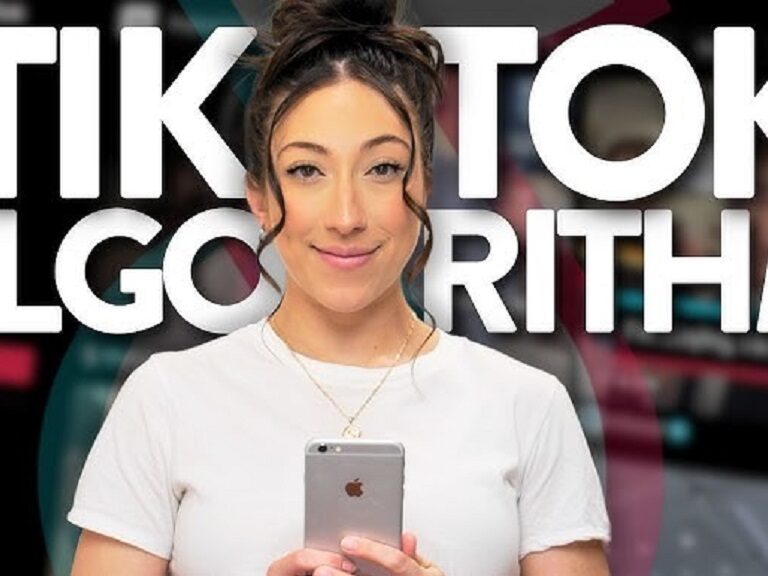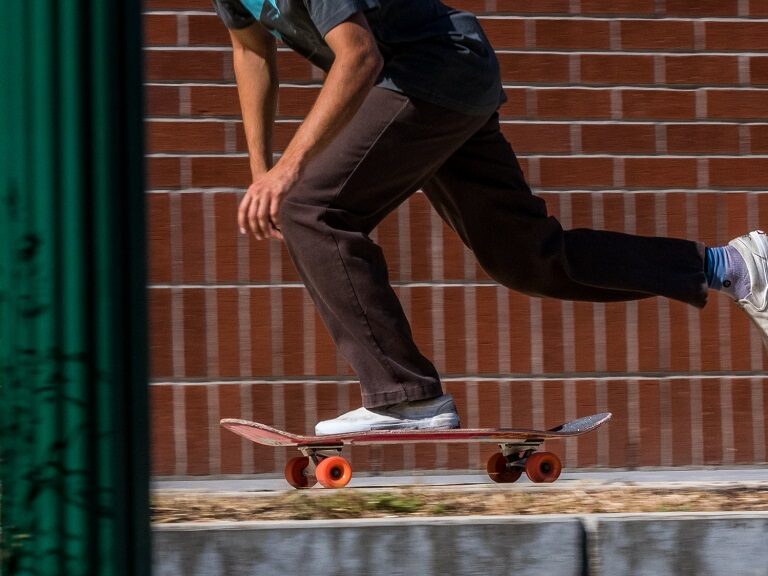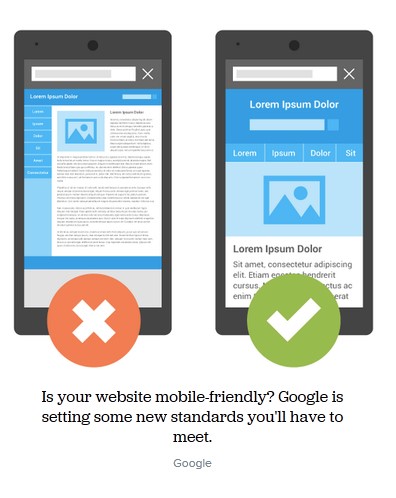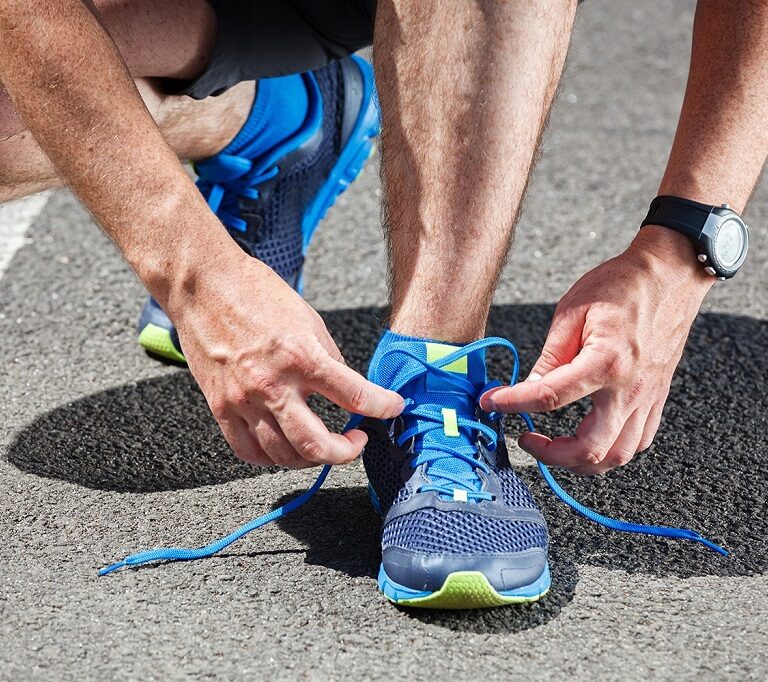Creating your own clothing designs can be an exciting and rewarding journey. Whether you’re dreaming of launching your own fashion line or simply want to create unique pieces for yourself, understanding the fundamental process is essential. Many fashion enthusiasts turn to resources like girlydaily for inspiration and guidance on their creative endeavors. However, the path from initial concept to finished garment involves several crucial stages that every designer must master.
The fashion design process requires patience, creativity, and attention to detail. Additionally, having a clear understanding of each phase helps ensure your vision becomes reality. This comprehensive guide will walk you through six essential stages that transform your ideas into wearable art.
Moreover, following a structured approach to clothes designing step by step eliminates confusion and helps you stay organized throughout the entire process. Therefore, let’s explore each stage in detail to help you succeed in your design journey.
Stage 1: Research and Inspiration
Before sketching your first design, thorough research forms the foundation of successful clothing creation. Start by examining current fashion trends, studying your target audience, and analyzing market gaps. Furthermore, gather inspiration from various sources including fashion magazines, street style, art, nature, and cultural elements.
Create a mood board that captures your vision and aesthetic direction. This visual collection should include color palettes, textures, silhouettes, and any elements that inspire your design concept. Additionally, research your target demographic to understand their preferences, lifestyle, and budget constraints.
Market research also involves studying competitors and identifying opportunities for innovation. However, remember that successful designs often combine timeless elements with contemporary twists rather than following every fleeting trend.
Stage 2: Concept Development and Sketching
Once your research is complete, begin developing your design concepts through sketching. Start with rough thumbnail sketches to explore different silhouettes and proportions. These initial drawings don’t need to be perfect; they serve as a brainstorming tool to capture your ideas quickly.
Next, select your strongest concepts and develop them into more detailed fashion illustrations. Focus on clarity and proportion while showing construction details, design lines, and decorative elements. Additionally, include front, back, and side views to provide a complete picture of your design.
Consider creating technical flats alongside your fashion illustrations. These simplified drawings show the garment’s construction details without artistic embellishments. Therefore, they serve as valuable references during the pattern-making and construction phases.
Stage 3: Fabric Selection and Material Planning
Choosing the right fabric significantly impacts your design’s success, comfort, and durability. Research different textile options based on your garment’s intended use, season, and target market. Consider factors such as drape, stretch, weight, and care requirements when making your selection.
Create fabric swatches and test how different materials interact with your design elements. Some fabrics work better for structured garments, while others suit flowing, draped styles. Additionally, consider color options and how they align with your overall design concept.
Budget considerations also play a crucial role in fabric selection. However, remember that quality materials often result in better-finished garments that last longer and provide better value for customers.
Stage 4: Pattern Making and Technical Design
Pattern making transforms your two-dimensional sketches into three-dimensional templates for cutting fabric. This technical phase requires precision and understanding of garment construction principles. Start by creating a basic pattern block that matches your design’s silhouette and measurements.
Modify the basic block to incorporate your specific design details, such as darts, seams, collars, sleeves, and other elements. Additionally, add seam allowances and notches that guide the construction process. Pattern accuracy directly affects the final garment’s fit and appearance.
Consider creating a paper pattern first, then transferring it to more durable materials for repeated use. Furthermore, label each pattern piece clearly with grain lines, notches, and construction notes to avoid confusion during cutting and sewing.
Stage 5: Creating the Prototype
Building a prototype or toile allows you to test your design before creating the final garment. Use inexpensive fabric similar in weight and drape to your chosen material. This step reveals potential fitting issues, construction challenges, and design flaws that aren’t apparent in sketches.
Try the prototype on your intended fit model and make necessary adjustments to improve comfort, appearance, and functionality. Document all changes and modifications for future reference. Additionally, this phase helps you refine construction techniques and identify any special tools or skills required.
Multiple prototypes may be necessary to perfect your design. However, each iteration brings you closer to a polished final product that meets your quality standards and design vision.
Stage 6: Final Construction and Finishing
The final construction phase brings all your planning and preparation together. Cut your chosen fabric carefully using the perfected pattern pieces. Pay attention to grain lines, pattern matching, and efficient fabric layout to minimize waste.
Follow proper construction sequences to ensure professional results. This typically involves stay-stitching curved edges, constructing main garment pieces, adding closures, and finishing seams appropriately. Additionally, press each seam as you work to maintain crisp, professional lines.
Quality finishing touches distinguish handmade garments from mass-produced items. Therefore, take time with details like buttonholes, hems, and topstitching. These elements contribute significantly to the overall appearance and perceived value of your finished design.
Essential Tools and Equipment
Success in clothing design requires specific tools and equipment. Basic supplies include quality scissors, measuring tools, pins, marking tools, and a reliable sewing machine. Additionally, invest in a dress form that matches your target fit size for accurate fitting and adjustments.
Pattern-making supplies such as pattern paper, rulers, curves, and marking wheels streamline the technical design process. Furthermore, having proper pressing equipment including an iron, pressing cloths, and tailor’s ham ensures professional-looking results.
Consider your workspace requirements as well. Adequate lighting, cutting surfaces, and storage for materials and tools contribute to efficient workflow and better outcomes.
Common Challenges and Solutions
Beginning designers often encounter specific challenges during their first projects. Fitting issues frequently arise from inaccurate measurements or pattern adjustments. Therefore, always create prototypes and make fitting adjustments before cutting expensive fabrics.
Construction problems may include puckered seams, uneven hems, or misaligned pattern pieces. However, taking time to learn proper techniques and practicing on sample pieces helps avoid these issues. Additionally, don’t hesitate to seek guidance from experienced sewers or take classes to improve your skills.
Time management also challenges new designers who underestimate project duration. Plan realistic timelines and break large projects into manageable steps to maintain motivation and quality standards.
Conclusion
Creating clothing designs from initial concept to finished garment involves six essential stages: research and inspiration, concept development, fabric selection, pattern making, prototyping, and final construction. Each phase builds upon the previous one, requiring patience, attention to detail, and continuous learning.
Success in clothing design comes from understanding that each stage serves a specific purpose in creating well-fitted, attractive, and functional garments. Additionally, remember that mistakes and challenges are valuable learning opportunities that improve your skills and design sensibility.
Whether you’re designing for personal satisfaction or commercial success, following these structured steps helps ensure your creative vision becomes a beautifully executed reality. Therefore, embrace the process, celebrate small victories, and continue developing your unique design voice through practice and experimentation.
Read More Also: Allergy-Safe Buffet Party: Kid-Friendly Party Food
Frequently Asked Questions
What skills do I need to start designing clothes?
Basic drawing skills, understanding of garment construction, pattern-making knowledge, and sewing abilities form the foundation. However, you can develop these skills through practice, online tutorials, and formal classes. Additionally, creativity, attention to detail, and patience are essential personal qualities for success.
How long does it take to design and make one garment?
The timeline varies significantly based on design complexity and your skill level. Simple designs might take 2-3 days, while complex garments can require several weeks. Additionally, beginners typically need more time than experienced designers. Therefore, start with simple projects and gradually tackle more challenging designs.
Do I need expensive equipment to start clothing design?
While professional equipment helps, you can begin with basic tools including scissors, measuring tape, pins, and a standard sewing machine. Additionally, many successful designers started with minimal equipment and upgraded gradually. However, invest in quality basic tools that will last and perform reliably.
What’s the difference between fashion design and clothing construction?
Fashion design focuses on creating concepts, sketches, and overall aesthetic vision, while clothing construction involves the technical skills of pattern-making and sewing. Additionally, successful clothing designers typically need both creative and technical abilities. Therefore, developing skills in both areas creates more comprehensive design capabilities.
How do I know if my design will be successful?
Success depends on various factors including market research, target audience understanding, quality construction, and effective marketing. Additionally, creating prototypes and gathering feedback from potential customers helps predict market reception. However, remember that even experienced designers face uncertainty, and persistence often leads to eventual success.















+ There are no comments
Add yours